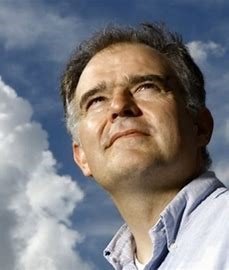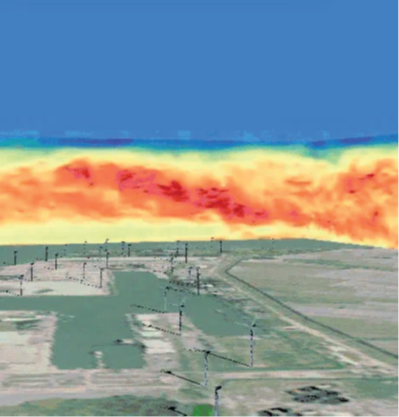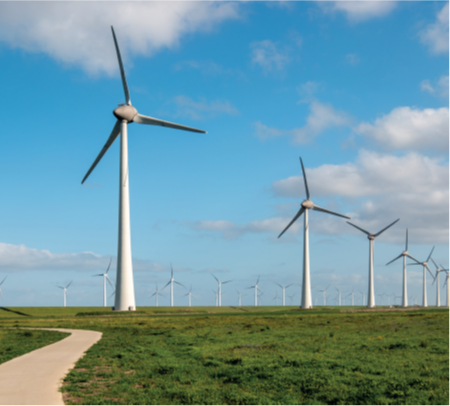Harm Jonker
“In the current era of environmental and energy transformations the relevance of understanding and predicting advanced atmospheric fluid flows has been proved to be key essential for society and a unique Whiffle asset.”

Harm Jonker
CEO, Whiffle
Fluid dynamics powering the energy transition
Fluid dynamics at Whiffle.
Supported by the 2022 crisis in fossil energy, the need to transition to an energy system based on renewable sources has become even more pressing. Since the atmosphere is becoming one of our primary energy sources, understanding atmospheric fluid flow through wind farms has become an issue of large economic and societal concern.
The science of precisely predicting local weather patterns and atmospheric flows in wind and solar farms is the unique capability of Whiffle. This Dutch small enterprise, founded in 2015 as spin-out of Delft University of Technology, is using advanced 3D models of weather parameters to predict local conditions on a micro scale at a resolution of 100 metre or finer.
Whiffle’s unique finecasting technology is based on Large Eddy Simulations, which have been used in academia to examine clouds and turbulence since the 1980s. As these complex fluid dynamics simulations require excessive computing power, even more than offered by supercomputers. Whiffle looked into the possibilities of translating the model to work on Graphical Processing Units (GPUs). The prediction accuracy of the inhouse developed Computational Fluid Dynamics (CFD) software is amazing and obtained ~ 100 times faster than with regular supercomputers.
Wind turbines have been designed with an important objective: extracting kinetic energy from the atmosphere and converting it to electrical energy. They are very efficient in doing this and so behind a wind turbine there is a wake region with a significant reduction in wind speed. One of the challenges in understanding wind farm flow physics is the coupling between the microscale (say, turbine level ~100 m) and the mesoscale (100 km or more) which is relevant for atmospheric processes.
The key difference is the ultrahigh resolution Whiffle uses for its finecasting. This facilitates an accurate and natural representation of small-scale fluid dynamic processes such as turbulence, surface interactions, cloud formation and precipitation at a certain location and time with unprecedented spatial and temporal detail. For wind farms this provides very accurate predictions on wind energy forecast. Also, the layout of new wind farms can be optimised by calculating the yield of wind farms and the interaction of wind turbines themselves with the wind in the farm.
Finecasting of local fluid flows is not only relevant for wind farms but can also be used for many other environmental applications. For example, accurately capturing the dispersion of air pollutants through the atmosphere, considering the impact of turbulence, obstacles, wind, weather phenomena and land-sea transitions on the dispersion of particles.
For further information: www.whiffle.nl


